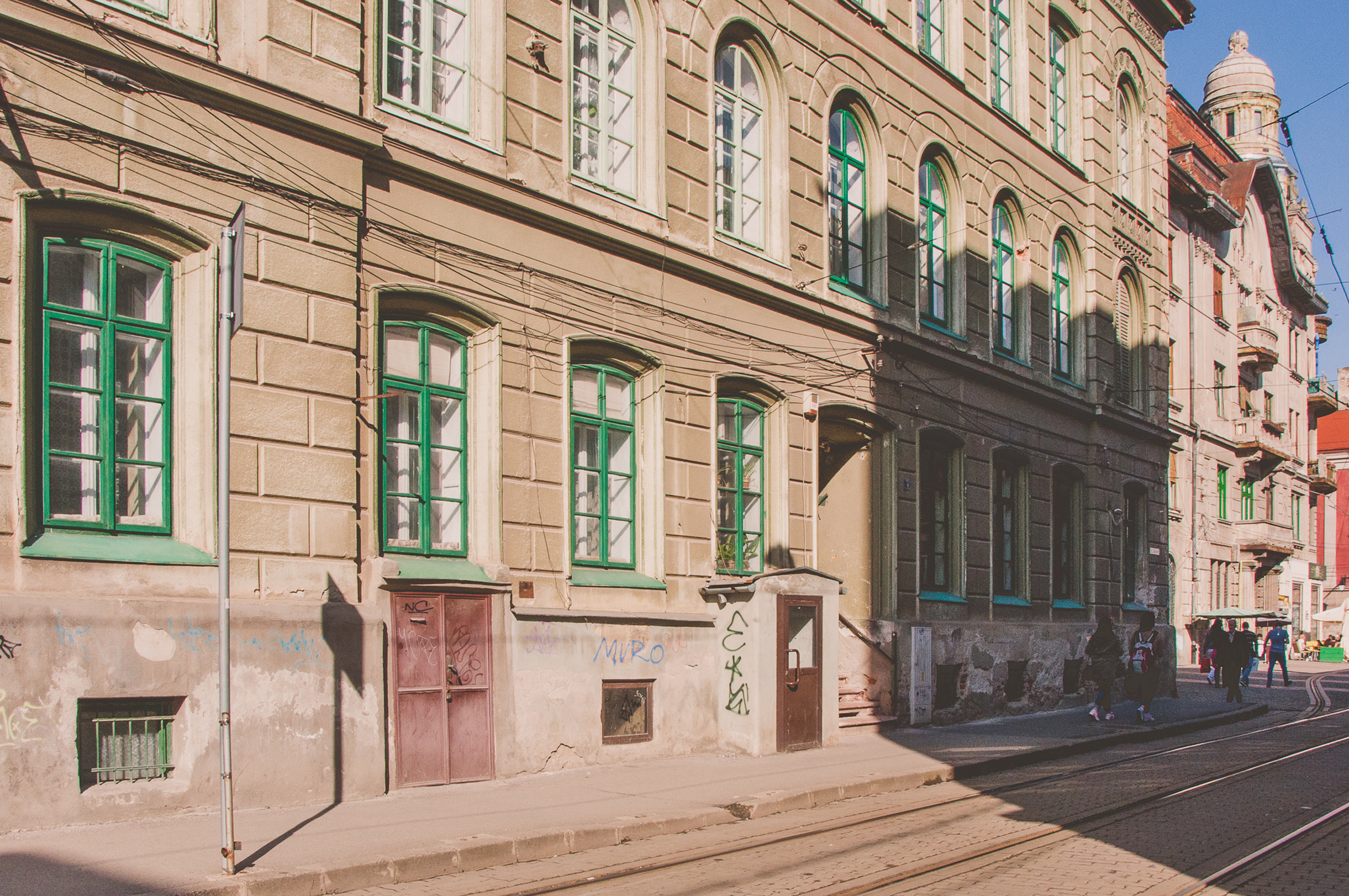
Integrated Conservation
The term "conservation" is nowadays associated with the intervention on a monument, although its meaning refers to the sum of the actions taken to preserve and protect the elements of interest in the urban fabric, thus being able to relate to a historical area. Conservation aims to fix the features of the built-up building that urban regeneration can bring to value.
The interests of preserving cities, centers and historical areas and their integration into the contemporary urban system have been materialized in some recommendations set by the international book. Thus, the concept of integrated conservation is introduced, which refers to the introduction of legislative and administrative measures for intervention on the built heritage, as well as the responsibility of local authorities and citizens in the preservation and integration of architectural and urban heritage in the development of the city (Declaration of In Amsterdam 1975).
At the same time, we introduce a set of principles and objectives that we should take into account in the conservation actions of cities and historical areas, such as: introducing restoration and maintenance of built heritage and treating conservation as a major element in the policies In the field of culture, environment and landscaping (1985 Granada Charter, Article 10, paragraphs 2, 3, ratified in Romania by Law 157/1997). Among the values that should be kept are distinguished: the urban form defined by the street and parcel tram, the relations between the different urban spaces, the shape and appearance of the edifices as well as the relations with the environment (Carta de la Washington, 1987, art.2). For an adequate system of protection of the built heritage, emphasis should be placed on the importance of multidisciplinary studies, the acceptance of residents, the permanent maintenance of buildings, the adaptation of new functions and the infrastructure network to the specificity of the city, the improvement of living conditions and the insertion of the new one. The spatial organization, parcel and scale of existing urban tissue (Washington Charter, 1987, art. 7-10) are respected.





The specificity of the historical neighborhood Cetate is the result of the urban evolution of the last 300 years, which overlapped the rectangular street tram and rigorous compound plots, the changes of the middle of the nineteenth century and the beginning of the 20th century, as well as a series of contemporary insertions. In this context, one can say that elements specific to each historical stage should be preserved and protected, marking the built-up foundation of the local historical center.
The dangers that lie on the old buildings, under the pretext of modernization or even restoration, and especially the constraint of the economic factor, are still found in the historical center of Timisoara. The case of the demolition on Emanoil Ungureanu Street no. 2 is an example of the practice of replacing historic buildings by postponing repair and consolidation work, starting the repair process at the roof area and stopping them before completion, leaving the interior unprotected.
At the same time, under the pressure of refunctionalization, the transformations of the parties, not always in line with the existing building and the loss of details, have become aggressive and prove the negative effect of punctual approaches in the restoration of monuments and the lack of a vision as a whole and a city-level strategy. Another critical issue has derived from changes in the ownership regime and the reconsideration of the ground floor spaces. Partial approaches that fragment the façade or the destruction of the compositional features such as: arbitrary openings, canceling the symmetry of the facades, the insertion of extensions in the inner courtyards, access to the semi-basement with cutouts or advances in the sidewalk, are examples that indicate that there was no intetion to correlate the partial construction plans to the ensemble.
Another problem of conservation is the unauthorized execution of many of these works, a problem stemming from the lack of correlation between the legislative framework and the possibilities of the owners and services involved in the management and protection of the historical center. The infrastructure of modern urban comfort (phone, electricity and internet cables, advertisement boxes etc.) is also aggressive on the city's built-up fund, the most visible one being the natural gas distribution network, supported by the entire street fronts.
In order to align the practice of preserving and protecting historical centers and sites with the requirements of integrated conservation, in order to preserve the identity of the historical center of Timisoara, an analysis-based planning, that takes into account all the factors that can be used to effectively protect the built heritage, is much needed .
Source: Patrimonium Banaticum, no.1 / 2002; "Considerations on the historical center of Timisoara towards the requirements of integrated conservation", Liliana Roşiu; pages 263-267